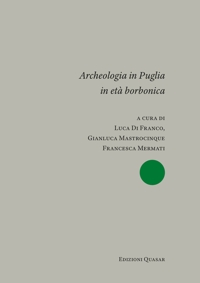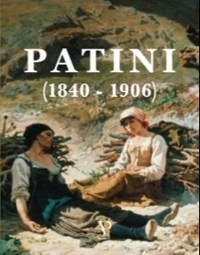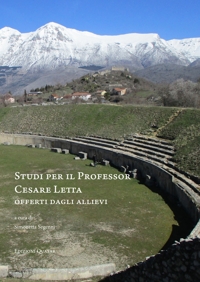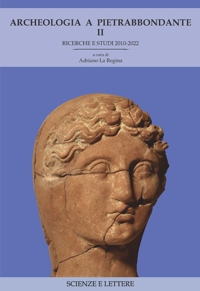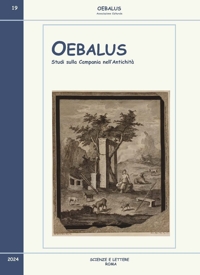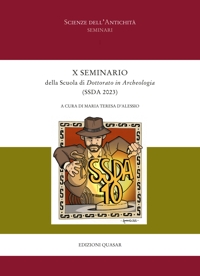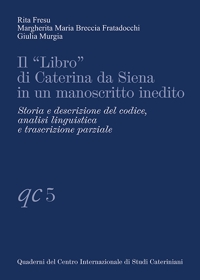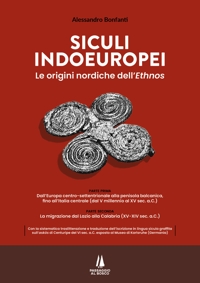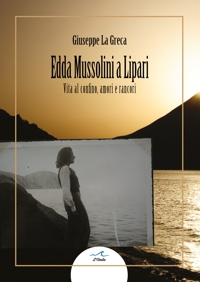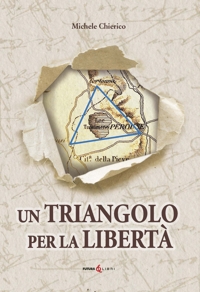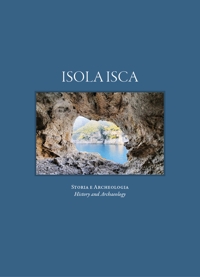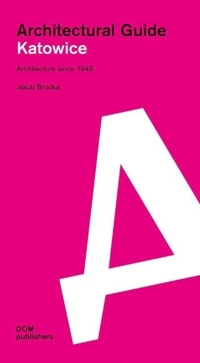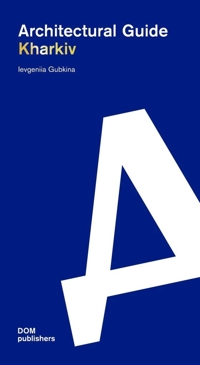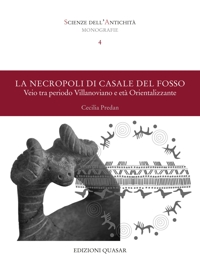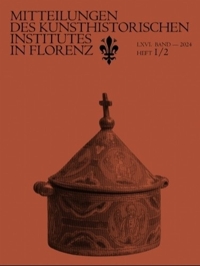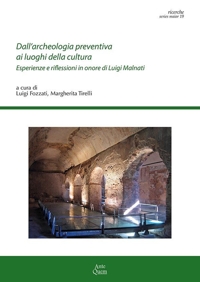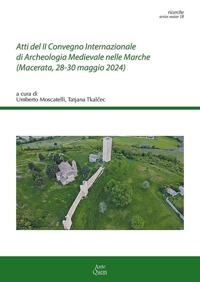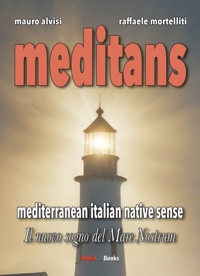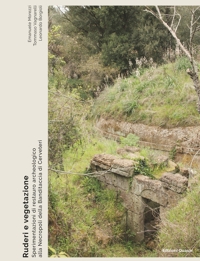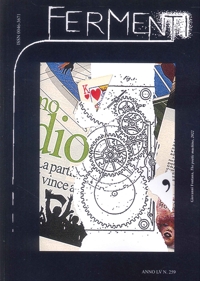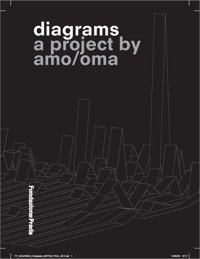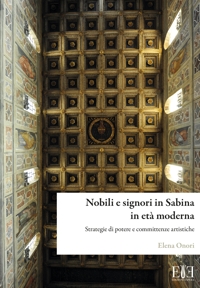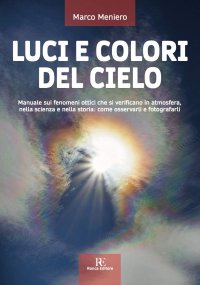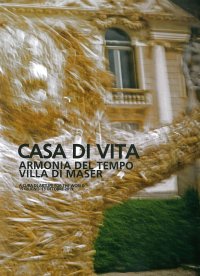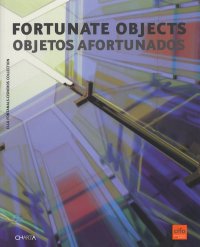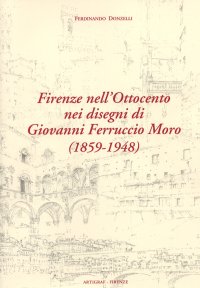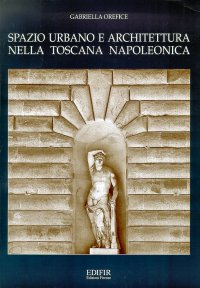Felice Palma. Massa 1583-1625. Collezione / Collection.
Texts by Andrei Cristina, Ciarlo Nicola, Federici Fabrizio, Claudio Casini and Sara Ragni.
Italian and English Text.
Pontedera, 2024; bound in a case, pp. 289, b/w and col. ill., b/w and col. plates, cm 24,5x34.
(L'Oro Bianco. Straordinari Dimenticati. The White Gold Forgotten Masters).
cover price: € 160.00
|
Books included in the offer:
Felice Palma. Massa 1583-1625. Collezione / Collection.
Texts by Andrei Cristina, Ciarlo Nicola, Federici Fabrizio, Claudio Casini and Sara Ragni.
Italian and English Text.
Pontedera, 2024; bound in a case, pp. 289, b/w and col. ill., b/w and col. plates, cm 24,5x34.
(L'Oro Bianco. Straordinari Dimenticati. The White Gold Forgotten Masters).
FREE (cover price: € 160.00)
Le botteghe del marmo
Italian and English Text.
Ospedaletto, 1992; bound, pp. 153, 10 b/w ill., 60 col. ill., cm 24x29.
(Immagine).
FREE (cover price: € 34.49)
Museo Stefano Bardini. I Bronzetti e gli Oggetti d'Uso in Bronzo
Edited by Nesi A.
Firenze, 2009; paperback, pp. 191, 102 b/w ill., 7 col. ill., cm 17x24,5.
(Museo Stefano Bardini).
FREE (cover price: € 30.00)
Bronzetti e Rilievi dal XV al XVIII Secolo
Bologna, 2015; 2 vols., bound in a case, pp. 729, ill., col. plates, cm 21,5x30,5.
FREE (cover price: € 90.00)
Capri 1905-1940
Vergine Lea
Skira
Edited by Vergine L.
Translation by Vergine L.
Milano, 2003; paperback, pp. 280, 180 numbered out of text b/w and col. ill., cm 15x21.
(Skira Paperbacks).
series: Skira Paperbacks
ISBN: 88-8491-546-5 - EAN13: 9788884915467
Subject: Essays (Art or Architecture),Small Centres
Period: 1800-1960 (XIX-XX) Modern Period
Places: Campania
Languages: 
Weight: 0.734 kg
Lea Vergine, Sergio Lambiase and Elisabetta Fermani offer us an account of this adventure, a story that has never been fully told before, interweaving it with over two hundred and fifty illustrations in black and white and color. A unique collection of anecdotes and encounters that have emerged from firsthand testimonies and original documents, Capri/1905-1940/Frammenti postumi ("Capri/1905-1940/Posthumous Fragments") charts an exceptionally modern cultural topography. It reconstructs the relations between the Russian exiles, the artists of the European avant-garde movements of the twenties and thirties and some extraordinary local personalities, such as Edwin Cerio, encyclopedic engineer, naturalist and founder of archives, and the painter Raffaele Castello, in contact with Mondrian and the "Cercle et Carré" group. The cosmopolitan climate of the island emerges at every point: from the futurists on Capri to the cultural politics of Gorky; from the island dynasties of the Pagano and Vautier families to the chronicles of Russian life (Marevna, Chaliapin, Pervuchin); from the works of the misogynous Italo Tavolato to those of the "cynical" Leonid Andreyev; from the theater of Depero-Clavel to the Italo-Russian library; from the "First Advanced School of Propaganda and Agitation for Workers" founded by Bogdanov, Lunacharsky and Gorky (in spite of Lenin's opposition) to such rootless intellectuals as Däubler and Fersen.
Lea Vergine is the author of numerous publications on problems in contemporary art. They include: Il corpo come linguaggio / Body Art , Prearo, Milan 1974; Attraverso l'Arte / Pratica Politica , Arcana, Rome 1976; L'Arte ritrovata, Rizzoli, Milan 1982; L'Arte in gioco, Garzanti, Milan 1988; Gli ultimi eccentrici, Rizzoli, Milan 1990; Arte in trincea, Skira, Milan 1996; Body art e storie simili (repr. of Il corpo come linguaggio), Skira, Milan 2000; Ininterrotti transiti, Rizzoli, Milan 2001.
She has organized a large number of exhibitions, including: L'altra metà dell'avanguardia, Palazzo Reale, Milan, Palazzo delle Esposizioni, Rome, Kulturhuset, Stockholm (1980-81); Arte cinetica e programmata, Palazzo Reale, Milan (1983-84); Geometrie dionisiache, Rotonda della Besana, Milan (1988); Quando i rifiuti diventano arte / Trash, Musei di Trento e Rovereto (1997-98). In 1991 she staged the conference "Arte: utopia o regressione?" at San Marino; and in 1996 the conference "La scena del rischio" at the Galleria Civica in Turin.
Sergio Lambiase lives in Naples, where he works as a freelance journalist. Among his books: Marinetti e i futuristi (with G.B. Nazzaro, Garzanti Editore, 1979); Memorie di una guida turistica (Edizioni E/O, 1992); Poemi, arcipoemi, aeropoemi futuristi del Golfo di Napoli (edited by Sergio Lambiase, Edizioni La Conchiglia, 1993); C.G.D.C.T, Come giustamente diceva il compagno Togliatti (Edizioni E/O, 1997); Napoletani (Edizioni Sonda, 2001); L'Odore della guerra (with G.B. Nazzaro, Avagliano Editore, 2002). Together with Luisella Bolla, he edits the Storia fotografica di Rome for Edizioni Intra Moenia.
Elisabetta Fermani specializes in the historic avant-garde movements, in particular the Russian-Soviet one. She wrote the general entry and specific discussions of the theme for the Enciclopedia Europea (Garzanti, Milan 1981) and has translated Ginzburg's essays on Constructivist Architecture (Saggi sull'architettura costruttivista, Feltrinelli, Milan 1977) and Kruchenykh's Poluzhiboi (Semivivo, Tau/Ma, Bologna 1977). She has coordinated the exhibitions and catalogues entitled L'altra metà dell'avanguardia (Milan-Rome-Stockholm, 1980-81) and Dov'è l'artigiano (Florence-Milan, 1981-82).
Mauro Mancini € 30.40
€ 32.00 -5 %











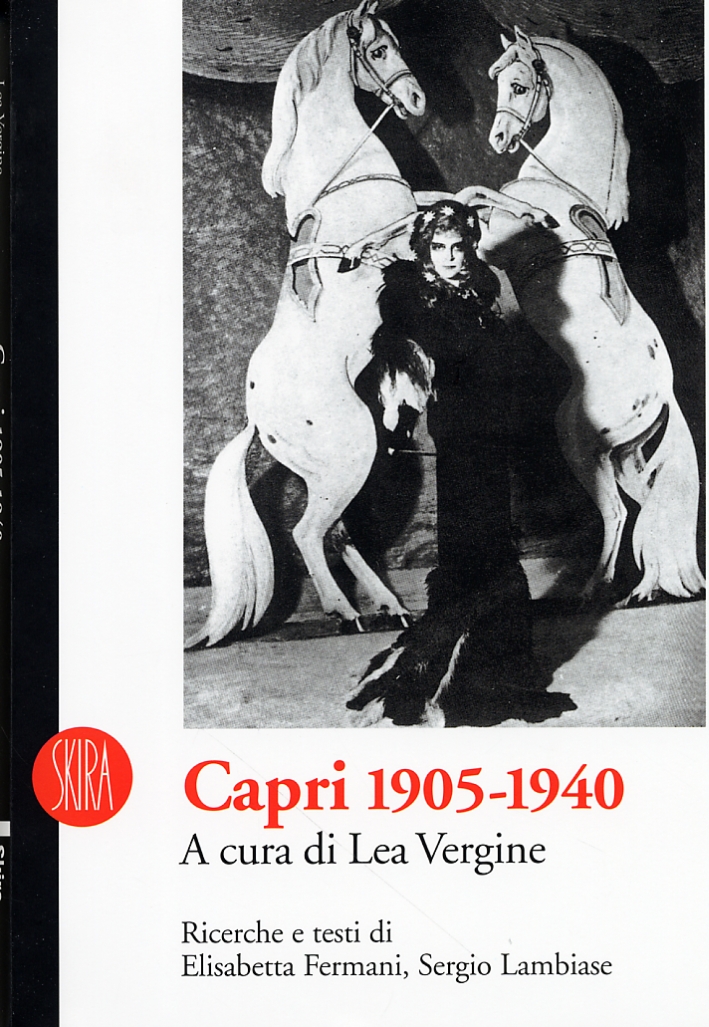

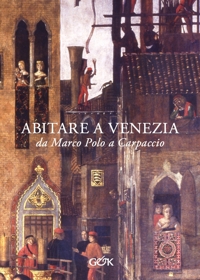
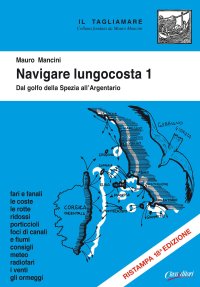

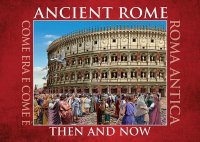
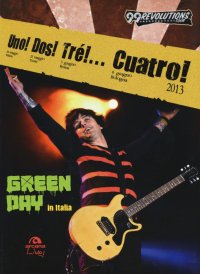

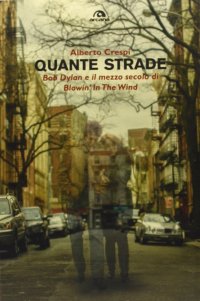
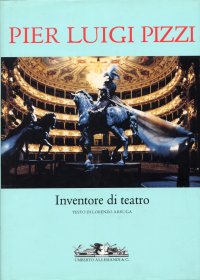

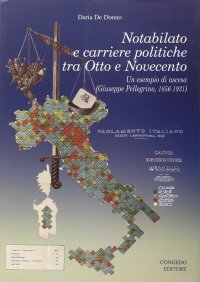
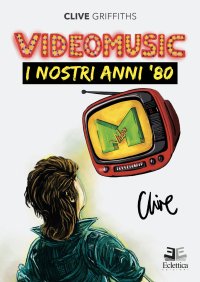

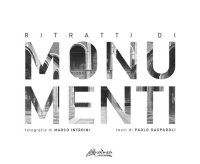
![Incantevole Puglia. Fra arte, storia e natura. [Edizione Italiana e Inglese]](https://immagini.libroco.it/copertine/IMMAGINI/3073/m-1536619.jpg)
